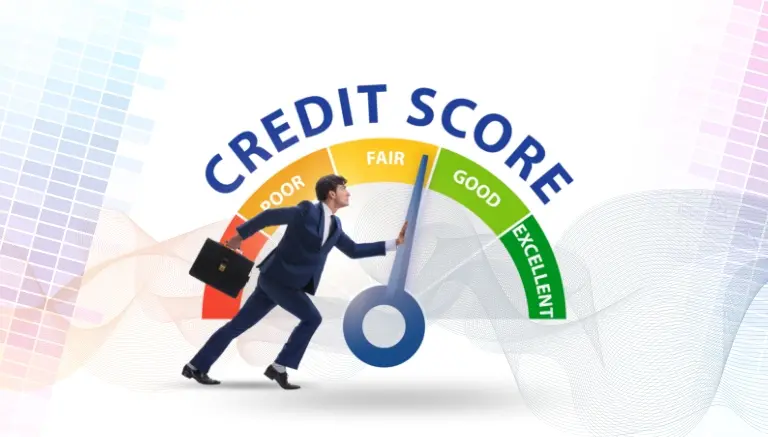Having good credit is essential to achieving financial stability and success. A high credit score can help you secure loans, credit cards, and other financial products at favorable interest rates, while a low credit score can limit your options and cost you thousands of dollars in interest payments. If you’re struggling with poor credit, don’t worry – there are steps you can take to improve it. In this blog, we’ll cover everything you need to know to boost your credit score and achieve financial success.
Step 1: Check Your Credit Report:
The first step to improving your credit is to check your credit report. Your credit report contains information about your credit history, including your payment history, credit utilization, length of credit history, new credit, and credit mix. By checking your credit report, you can identify any errors or inaccuracies that may be dragging down your credit score. You can request a free copy of your credit report from each of the three major credit bureaus – Equifax, Experian, and TransUnion – once per year.
Step 2: Make Timely Payments:
One of the most important factors that determine your credit score is your payment history. Late payments can significantly lower your credit score, so it’s crucial to make all of your payments on time. Set up automatic payments or reminders to ensure that you never miss a payment. If you’re struggling to make your payments, contact your creditors to see if you can work out a payment plan or deferment.
Step 3: Keep Your Credit Utilization Low:
Credit utilization refers to the amount of credit you’re using relative to your credit limit. High credit utilization can negatively impact your credit score, so it’s essential to keep it low. Aim to keep your credit utilization below 30% of your available credit. If you have high credit card balances, consider paying them off or transferring them to a balance transfer credit card with a low introductory interest rate.
Step 4: Maintain a Long Credit History:
The length of your credit history is another important factor in determining your credit score. The longer your credit history, the better. Keep old credit accounts open, even if you’re not using them, to maintain a long credit history. Avoid opening too many new accounts at once, as this can lower the average age of your accounts and negatively impact your credit score.
Step 5: Diversify Your Credit Mix:
Having a mix of different types of credit accounts can help improve your credit score. This includes credit cards, auto loans, personal loans, and mortgages. However, avoid taking on too much debt or opening too many new accounts at once, as this can negatively impact your credit score.
Step 6: Consider Credit Counseling or Credit Repair Services:
If you’re struggling to improve your credit on your own, consider seeking the help of a credit counseling or credit repair service. These services can help you create a plan to pay off debt, dispute errors on your credit report, and improve your credit score. Be sure to do your research and choose a reputable service with a track record of success.
Improving your credit score takes time and effort, but it’s worth it in the long run. By checking your credit report, making timely payments, keeping your credit utilization low, maintaining a long credit history, diversifying your credit mix, and seeking help, when necessary, you can boost your credit score and achieve financial success. Remember to stay patient, persistent, and disciplined, and your efforts will pay off in the end.

0 Comments